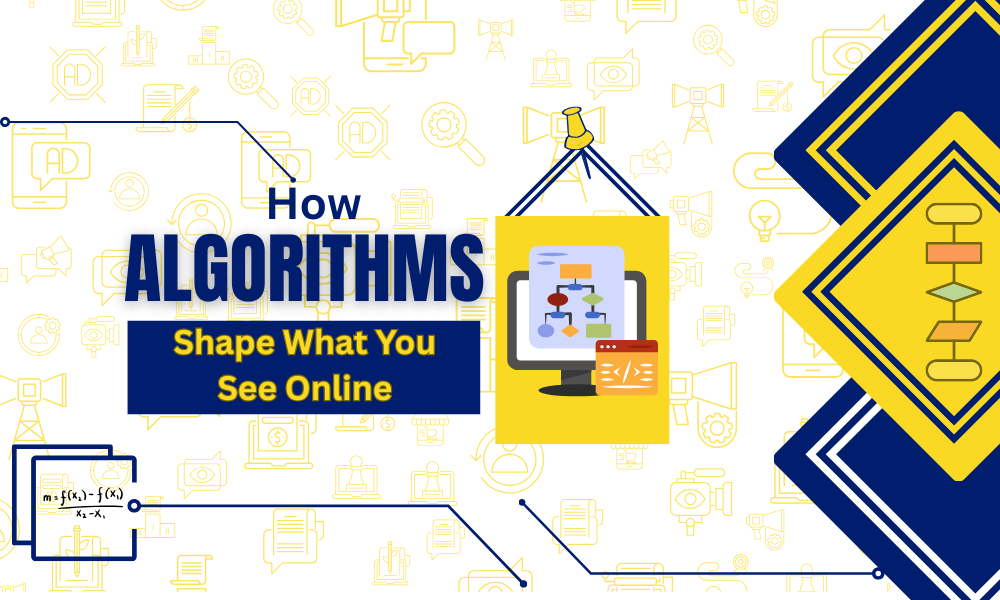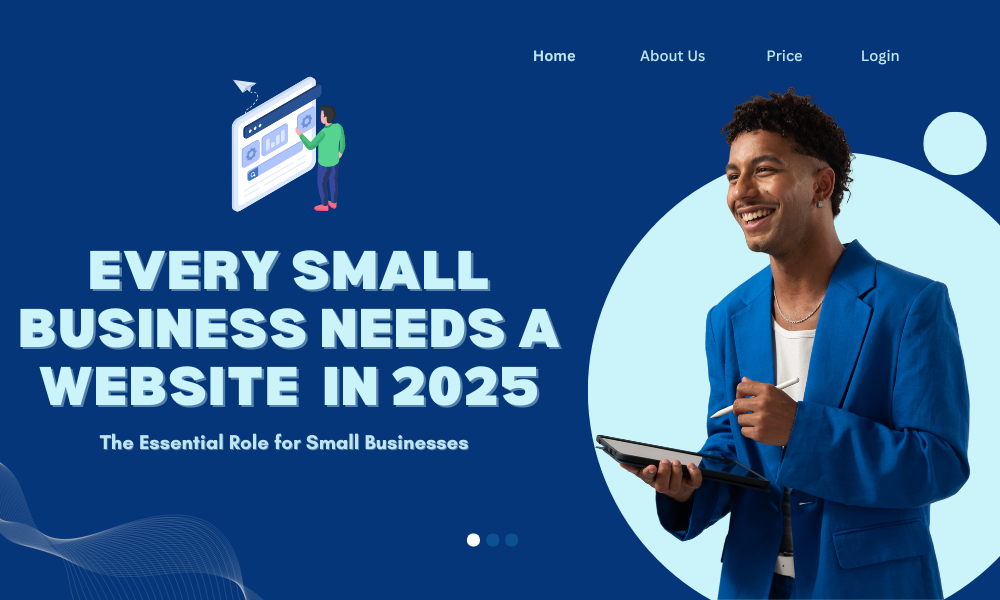How Algorithms Shape What You See Online: A Beginner’s Guide to Understanding the Internet You Use Everyday
Every time you pick up your phone to scroll Instagram, search something on Google or just watching videos in YouTube, you are interacting with algorithms. These are invisible digital systems that ultimately decides what you see, read, watch and even buy online. But how do they work? Why are they important? And most importantly how can you take control over what shows up on your screen? This article will break it all down for you in a simple and clear way.

1. What Are Algorithms?
Fundamentally, an algorithm is a set of rules or instructions a computer follows to solve a problem or make a decision. But in the digital world, algorithms are used to process massive amounts of data quickly and efficiently. You can think of them as recipes but instead of cooking food they are sorting information.
For example, when you search for ‘best running shoes’ on Google an algorithm decides which website will show up first. When you open Netflix for example an algorithm suggests shows which are based on what you might like depending on your past behavior. These algorithms are constantly learning and evolving as they collect more information about your preferences.
2. How Algorithms Decide What You See
Different internet platforms use different algorithms for different purposes but they usually have the same goal which is to keep you the user engaged.
Here is a breakdown of how different platforms use algorithms:
- Social Media (Instagram, Facebook, TikTok): Social media platforms keep track of what you like, comment on, share and how much time you spend on certain posts. Based on that information, their algorithm shows you similar type of content. This is the reason why your Explore page is so tailored to your likings. It is not random.
- YouTube and Netflix: If you watch one video about ancient civilization you will be getting ten more recommendations for the same kind of content. That is how the algorithm works, by analyzing your watch history to keep you watching.
- Google Search: There are many factors that algorithms evaluate like relevance, website quality and user behavior to rank pages. Their goal is to give you the ‘best’ answer but that answer is based on their priorities.
- Online Shopping(Amazon, Flipkart): Algorithms track everything from your past purchases, items in your cart to how long you view a product. All of these influence your future recommendations.
These algorithm systems are trained in such a way that it gives you what you want or what they think you want even before you know if for yourself.
3. Why It Matters: The Filter Bubble
One of the biggest downsides of personalised algorithm system is the ‘filter bubble’ effect. ‘filter bubble’ effect is the term which describes a situation where algorithm only shows you content that aligns with your existing interests or beliefs. This limits your exposure to diverse viewpoints.
For example:
- If you follow a lot of fitness influencers, your feed will ignore mental health or body positivity content and will only show you fitness related content.
- If you click on one conspiracy theory video, these algorithm oriented platforms will flood your feed with similar content which could often be misleading in nature.
This bubble can lead to confirmation bias and make people believe that their views are more widely accepted or ‘correct’ than they are. It also plays a major role in spreading misinformation, online radicalization and political division.

4. The Pros and Cons of Algorithmic Curation
Pros:
- Convenience: Algorithms helps you in finding what you are looking for faster which can be very convenient in today’s fast world.
- Personalization: Algorithms tend to show you content which is tailored to your interest giving you a personalised feed.
- Discovery: You can stumble upon new things which you didn’t know you would enjoy.
Cons:
- Lack of Diversity: You see the same type of content over and over with nothing new to explore.
- Manipulation: These platforms push content that benefits them like ads, sponsored posts etc. which can manipulate you into buying stuff you did not needed.
- Loss of Control: You lose control over your feed as you are not aware of how much your feed is being shaped behind the scenes.
5. Tips to Outsmart the Algorithm
While you cannot completely get rid of the algorithms, you can reduce their control over your digital experience. Here are some tips you can apply to take back the control of what you see on your feed:
1. Diversify your content: You can diversify your content by following accounts or subscribing to channels which are outside of your usual interests to broaden your digital experience.
2. Use incognito mode: Whenever you search for sensitive or unbiased information it is advisable to use private browser to avoid any personalised or biased results.
3. Clear watch and search history: By clearing out your watch and search history you can reset the algorithmic recommendations. Platforms like YouTube and google allows you to clear or pause your history.
4. Engage mindfully: By engaging mindfully you can make certain content to disappear from your feed. What you click, like and comment on trains the algorithm. So if you stop interacting with the content you don’t like or don’t want to see it will eventually disappear from your feed.
5. Turn off personalised ads: By limiting ad personalization you can get rid of unnecessary ads or sponsored ads from your feed. You can do this on apps like google, Facebook and Instagram in the settings.
6. Read from multiple sources: To balance your views, you can use different platforms while consuming sensitive data like news or serious information.
6. The Future of Algorithms and You
As artificial intelligence is becoming more and more advanced, algorithms are also getting better at predicting your behavior. You will see hyper personalised shopping suggestions, news feeds, AI generated content and voice assistants that understand human emotions.
Customer analytics allows for data-driven decision-making, which leads to better customized marketing and deeper customer relationships Turning Customer Data into Smart Business Moves. This includes tracking website traffic, assessing purchase history, and social media involvement. In today’s competitive industry, customer analytics are critical for increasing loyalty and attaining long-term economic success.
But with convenience also comes responsibilities for both the tech companies and for us users. The debate over algorithm transparency, digital rights and ethical technology is ongoing. Government and organizations are pushing for regulations which ensure that algorithms remain fair, unbiased and accountable in nature.
As a digital user, staying informed is the important and by understanding how algorithms work can help you navigate the internet more consciously.
Conclusion
Algorithms are everywhere. From what we watch and buy to how we think, these systems play a powerful role in our lives as they are silently shaping our digital experiences. By learning how they work and making mindful choices you can have control over what you consume online. Stay aware and stay curious and don’t let algorithm think for you.
Author’s Bio
Author Nidhi is professional content writer; she is always exciting to express thoughts & insights into wonderful words on various topics.



















